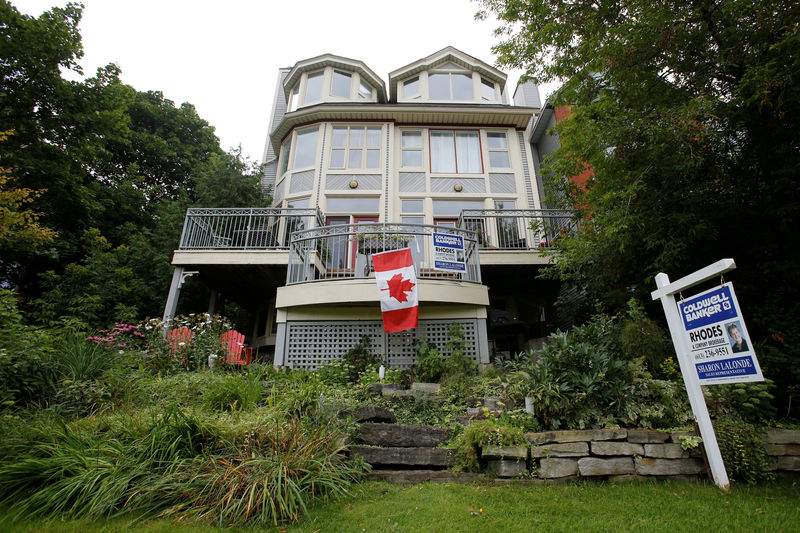By Ketki Saxena
Investing.com -- The Canada Mortgage and Housing Corp (CMHC) reported that housing starts fell by 10% compared to in June, with the seasonally adjusted yearly pace for new housing construction reaching 254,966 units last month.
Despite the monthly dip observed in July, there was some positive news. The six-month moving average for the seasonally adjusted annual rate recorded an increase from June's figures. standing at 242,525 units for July versus June's figure of 235,819 units.
In urban areas, housing starts were down by approximately 11%, settling at about 234,857 projects initiated during this period.
When we break these numbers down further into types of dwellings: multi-unit urban starts saw a drop-off reaching up to around 12% with just over193,000 projects while single-detached homes started decreased 4% amounting close to 41,000 undertakings.
By region, Vancouver experienced a significant fall with new home builds dropping by nearly 23% on an annual basis; Toronto followed suit registering even higher losses with a 29% drop in housing starts on an annual basis.
However, not all regions showed declines on an annual basis- in Montreal, housing starts grew by 12%. In Calgary, housing starts soared by 33%. Meanwhile in Edmonton, housing starts grew 6%.
While the dramatic decrease in housing starts implies further difficulties for Canadian housing affordability as demand continues to vastly outstrip supply, today's data indicates positive news for the Bank of Canada.
A report by Marc Desormeaux, Principal Economist at Desjardins, notes that "The Bank of Canada will likely take some comfort in the sales and starts weakness documented this week, particularly after recent cooling in GDP, employment, trade, and core inflation. Combined, these more downcast indicators suggest the painful medicine of higher interest rates is working to cool down economic growth and bring price pressures to heel."
"Going forward, we do expect a more significant slowdown, consistent with construction industry labour shortages, high borrowing and material costs, weak homebuilder sentiment, and expectations of softening economic activity."
